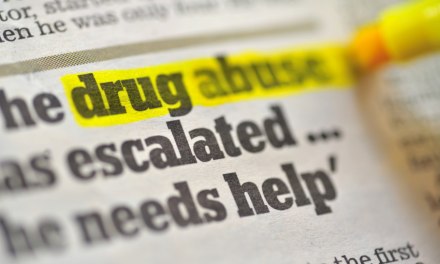Folks have been worried about the growing ‘militarization’ of US police forces for quite a while — a cultural phenomenon attributed to overriding concern about foreign terrorism that developed in the wake of the 9-11 tragedy.
We shouldn’t ignore, however, the impact of the crack epidemic that dominated the last few decades of the 20th Century. That was a game-changer as well.
Not that cocaine hadn’t long been a presence in American cities. But its use was limited to those who could afford it. Crack changed all that. Suddenly, a cheap, extra-potent smokeable form of cocaine was readily available to almost everybody in certain areas — regardless of income or social class.
Horrified, government responded in the usual way: through efforts to arrest and imprison people, in hopes of deterring others. Mandatory sentencing guidelines, three-strikes laws, jump out squads – all part of the campaign to halt the epidemic in its tracks. That included the “stop and question” policies, that later morphed into the widely unpopular practice known as “stop and frisk”.
The original intent was to take criminals off the street before they could commit more serious crimes that, it was assumed, would otherwise follow. It worked if your primary goal was to fill prisons (which, for the emerging private corrections industry, it may have been.) It did little to interrupt the growing epidemic.
This has long been the pattern. First, treat the outbreak of drug use as a kind of terrorism. Identify “villains”, so that public anxiety skyrockets. Pass laws and initiate policies in the moment that, once on the books, outlive their original purpose.
That’s what happened here. Long after the crack epidemic faded, its influence on law enforcement and policing is still evident. Now the system requires a sort of ‘do-over’.
Fortunately, there already exist good models for a community interested in change. For instance:
How to reform American police, according to experts
This one should be described as a best practices approach — the product of deliberations by a panel of experts during the previous Administrations. It has a common sense feel. Since it’s about policy change rather than new investment, it’s eminently affordable. In a way, it resembles changes that took place over the past few decades within the mental health field. Those helped alter longstanding practices in the management of difficult or combative psychiatric patients. They improved things in our field, and I suspect the ones described here would improve the current situation in policing as well.
See what you think. Who knows? There may even be a comparable initiative happening in your own community.













